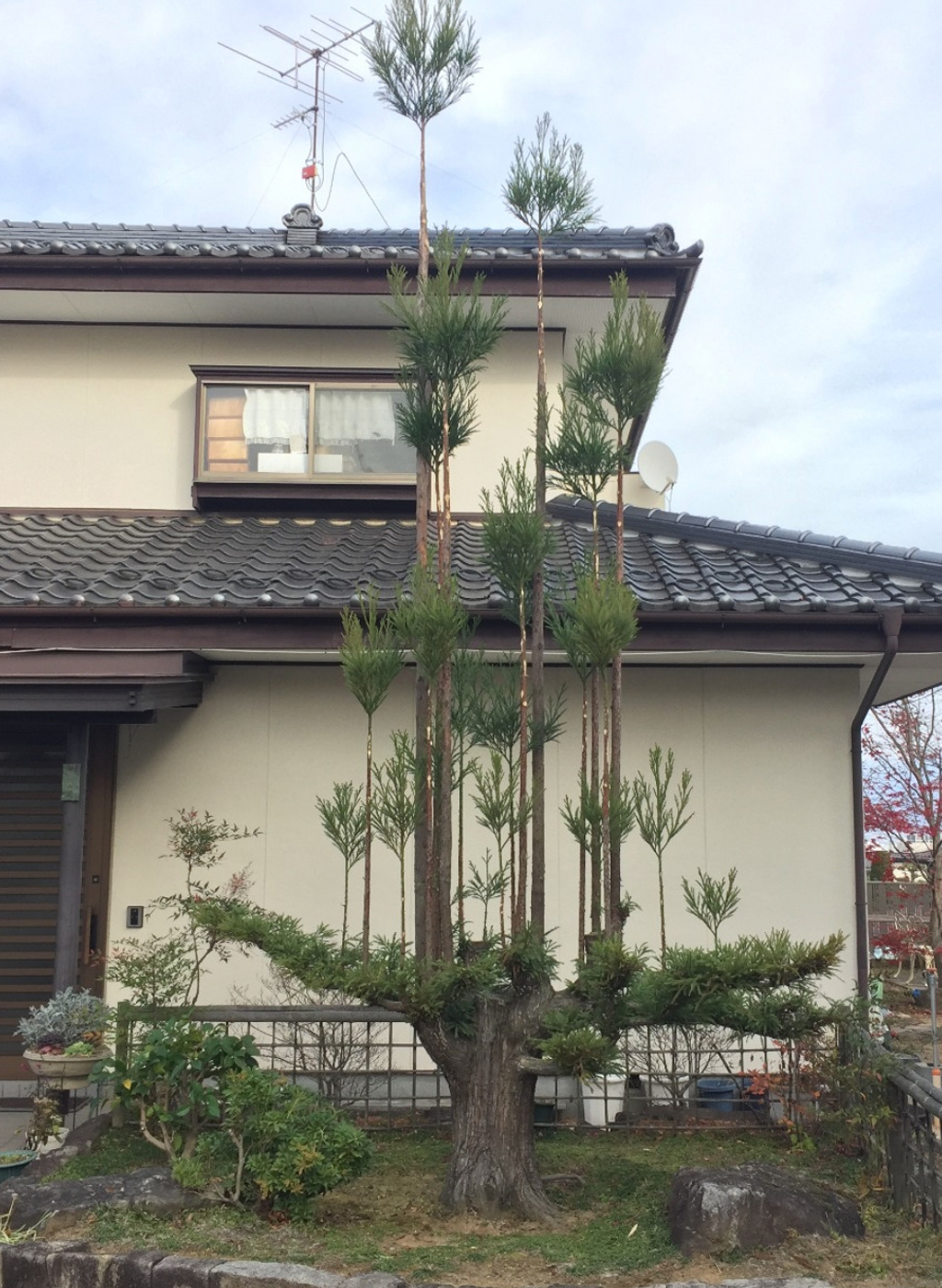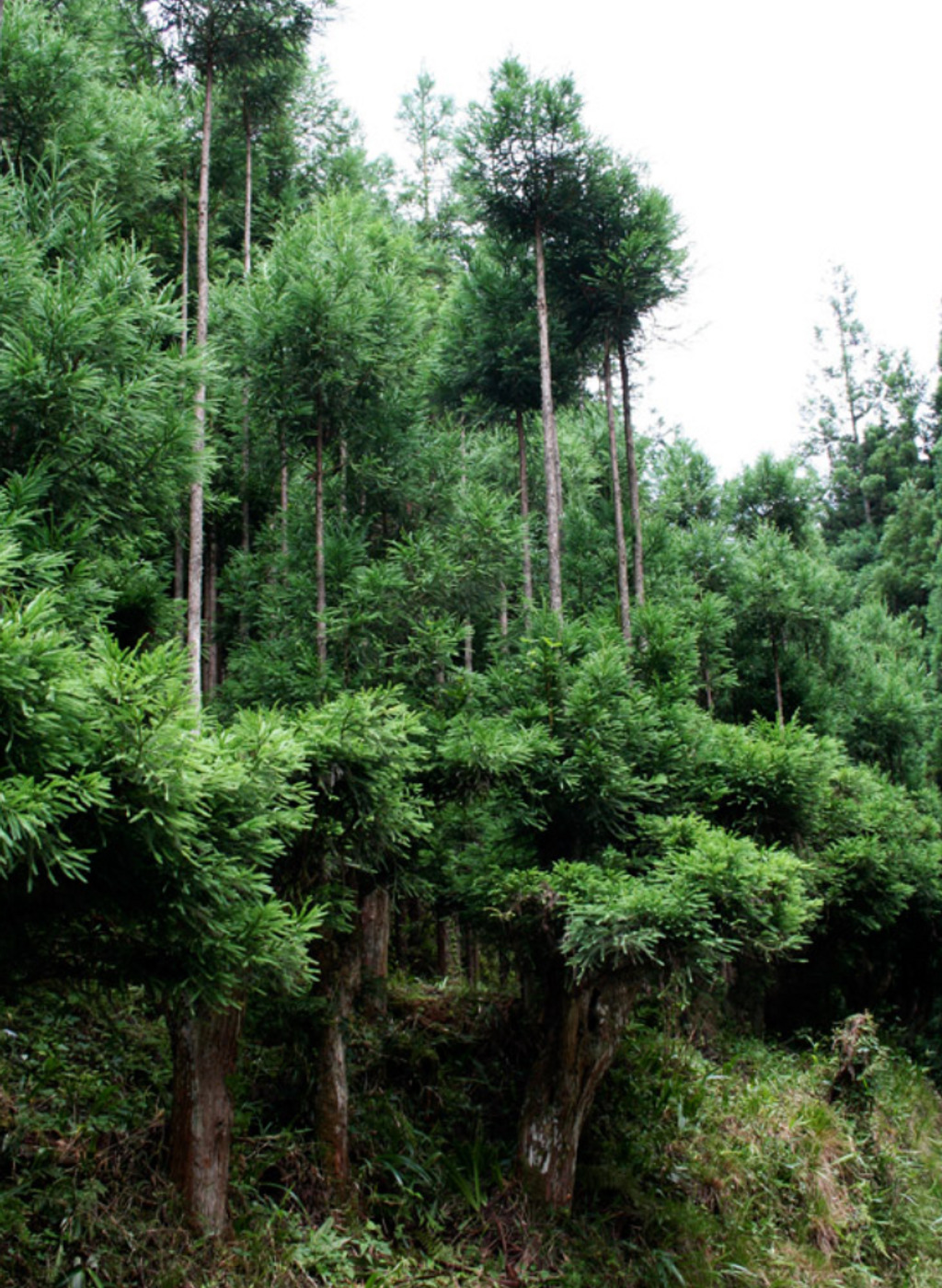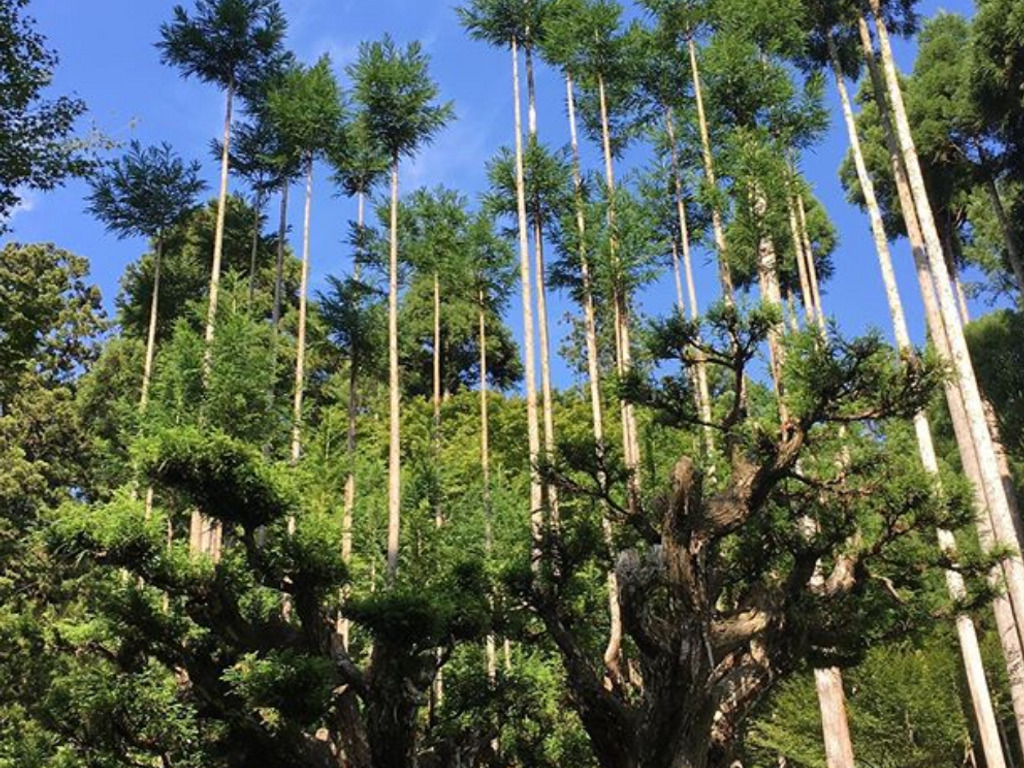5 Mins Read
Covering over 30% of the earth’s land surface, the forests of the world are a significant natural resource for the planet and humanity. Their role in our wellbeing is endless. They help to store massive amounts of carbon, ensure the balance of nature, purify water and air as well as provide a livelihood for people across the world. Unfortunately, due to the ever-growing global forestry and logging industry, forests the equivalent of 30 soccer fields are disappearing every minute. What if there was a better way to do forestry? Below, we take a deeper look at the Japanese technique of Daisugi, a traditional way of logging wood while conserving forests.
According to estimates, the global forestry and logging industry was worth US$509.8 billion in 2019 and is expected to grow at a CAGR of 4% from 2021 eventually reaching US$544.2 billion in 2023. But this comes at a cost.
Since 1990, the area of primary forest globally has decreased by over 80 million hectares meaning that the net loss of forest area decreased from 7.8 million hectares per year in the 1990s to 4.7 million hectares per year during 2010–2020. To put it simply, between 1990 and 2020, the global forest area decreased by 178 million hectares, which is about the same area size as Libya.
If this continues, not only people depending on the forests for livelihood will be out of jobs but the biodiversity that forests help to maintain will also vanish. Several solutions have been proposed to protect our forests, one of which is a Japanese technique dubbed Daisugi that aims to provide an efficient and sustainable approach to forestry.
Around the 15th century, Japan experienced a shortage of seedlings as well as land to cultivate trees at a time when demand for Kitayama cedar, a type of straight and knot-free lumber, was high. As there was little flat land in the area, planting and maintaining trees on the steep slopes became extremely difficult.
This problem led to the development of an indigenous horticulture technique called Daisugi, giving way for arborists (one who specializes in the care of individual trees) to reduce the number of plantations making the harvest cycle faster, and producing comparatively denser wood.
While it is well known in Japan, this technique, which originated in Kyoto, also has roots in ancient Rome, where it was known as pollarding, as well as across Europe, especially in Britain, where it was called coppicing.

Written as 台杉, the Daisugi technique literally means platform cedar, a technique that uses existing trees to grow additional trees. The result of such a technique looks like an open palm with multiple perfectly vertical trees growing out of it thus creating a sustainable harvest of timber from a single tree.
Ideally, one prunes the branches of Kitayama cedar ensuring the remaining shoots grow straight upwards from a platform and this results in round and straight timber known as taruki, mainly used in the roofs of Japanese teahouse.
According to a tweet by Wrath of Gnon, a Daisugi enthusiast, “The shoots are carefully and gently pruned by hand every two years leaving only top boughs, allowing them to grow straight. Harvesting takes around 20 years and ‘old tress stock’ can grow up to 100 shoots at a time.”

The final result is slender cedar that is not only flexible but dense, making it an ideal choice for traditional wood roofs and beams. Daisugi cedar can be harvested every 20 years and with the base tree lasting hundreds of years, there’s quite a lot of wood to be harvested from just one tree. This makes it a faster method when compared to others to help save the global forestry industry as well as the planet- we need trees to absorb our emissions, provide oxygen and help foster wildlife biodiversity. Timber is the least of their fruits.
With Daisugi, instead of harvesting the entire tree for lumber, loggers can use the upper portions while still leaving the base and structure in one shape. Supposedly, the lumber produced as a result of this method is 140% as flexible as standard cedar and 200% as dense/strong, thus making it an ideal choice making to be used in building rafters and roof timber. Daisugi‘s straight, slender, and typhoon-resistant end product is favoured even 600 years later.
In the same Twitter thread, Wrath of Gnon shared that in the forests around Kyoto, you can find abandoned giant Daisugi. “They only produce lumber for 200-300 years before they are worn out still alive with trunk diameters of over 15 metres. This has to be done with a Japanese cedar of a kind called white cedar and from a tree that has a genetic defect which makes it sterile and straight growing. There is only one such tree in the world from which all these trees are cut saplings.”
To keep the trees knot-free, foresters climb the long trunks every three to four years, carefully pruning any new branches. After around 30 years, only then one single tree is finally cut down. This type of cedar, which is slightly thicker than the daisugi cedar, has several different uses.
Previously, this wood was a central part of Japanese architecture. These days, the wood is used for everything from chopsticks to furniture.
This technique enables foresters to harvest wood much more quickly and the shoots can either be planted helping to quickly populate a forest or harvested and if done the right way, it can help prevent deforestation.
According to Interpol, illegal logging accounts for up to one-third of global timber production- governments need to do better and start by stopping this illegal sale of timber.
Japan’s Daisugi technique is an ingenious way to grow more wood using less land and given that the world’s forests represent a natural asset of almost incomparable value, it is important and the need of the hour, to preserve the forests’ ability to capture and store carbon thus reducing the overall effects of global warming.
Lead image courtesy of Twitter/Wrath of Gnon.




